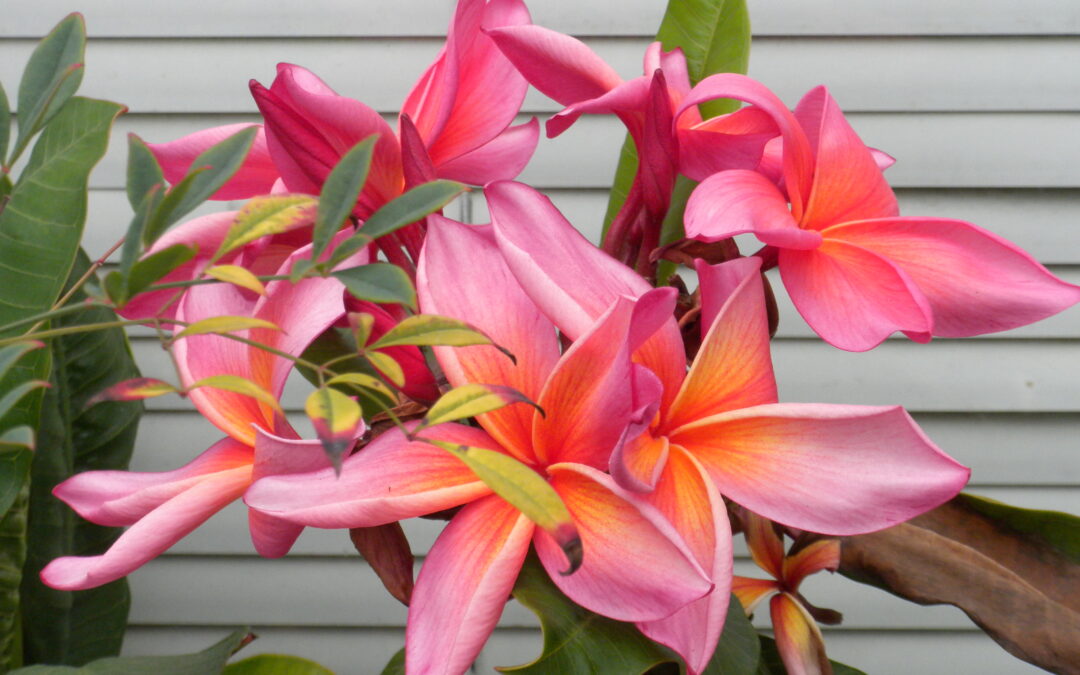Plants are using a lot of energy to grow so they need food. Keeping them happy now will keep them healthier later.
If azaleas, gardenias, and other shrubs and citrus have yellow leaves but the veins remain green, they’re suffering from iron chlorosis. Water some chelated iron or iron sulfate into the soil around the plant roots. Chelating transforms the iron in the soil so plants can absorb it.
Blossom end rot can strike tomatoes, eggplant and peppers. The end or bottom of the fruit will sort of sink in, turn dark brown or black and become tough. All is not lost. Calcium deficiency is the problem but you can preempt the problem by amending the soil with a shot of calcium. Some forms are: bone meal, antacids, egg shells, plain old lime (not the fruit!!!). Keep the watering consistent and mulch to keep moisture from fluctuating too much.
Feed all plants with a balanced fertilizer such as 16-16-16. Well-nourished plants not only develop into stronger plants and produce flowers and fruits and vegetables longer, they are better-protected against insects and diseases, and better withstand heat and water stress.
An excellent “garden tea” fertilizer solution and foliage spray for general garden use is a mixture of one tablespoon fish emulsion*, one-half teaspoon seaweed or kelp, and one gallon of water. Spray this onto leaves, and irrigate root zones of vegetables, ornamentals, trees, and vines every two weeks throughout the growing season. It will help increase plant vigor and reduce insect damage. When applied later in the fall, it will help to harden plants off for colder weather.
*A little tip on the fish emulsion – wear rubber gloves when applying because the smell will linger for quite awhile on your hands. It’s very effective but so stinky! Also, beware if you have a dog. My dog will go nuts if I apply this anywhere she has access, which means holes dug to China and dirt everywhere, including on the dog!
Feed fruit trees approximately every three weeks during their growing season with a half or quarter dose of fertilizer to encourage them to produce fruit and grow strong for next year’s fruit.
Plumeria trees may be starting to bloom stalks now that the weather has warmed up a bit. When they start to send out bloom stalks, feed with Epson salts (1 tbsp: 1 gal water) and Super Bloom for the next couple of months.

